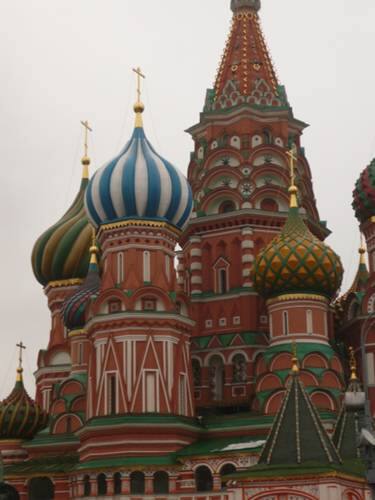The construction of the Basilica Saint. Basil the Blessed, Moscow, Russian Federation, took place between 1552 and 1561 after the capture of Kazan by Tsar Ivan IV, also known as Ivan the Terrible, to commemorate his victory against the Tatars. He called upon the architect Postnik Yakovlev who proposed a basilica whose golden domes took the form of military helmets. In 1583, following a fire, the domes were replaced by onion domes. However, it was not until 1670, that they were given the colored aspect we know today. Located on Moscow’s Red Square, it has become the symbol of the city, but also of the whole country. It is situated in the middle of the Kremlin and Red Square, Moscow, a property inscribed on the World Heritage List in 1990.
Within the framework of the cooperation between UNESCO and the industrial group Rhône-Poulenc for the protection of World Heritage, the UNESCO Chair in Urban and Architectural Conservation of Moscow and the Russian Committee of ICOMOS proposed the use of new technology and materials developed by Rhône-Poulenc to restore the basilica. Prior to any restoration work, it was necessary to undertake a preliminary study to identify the type and steps of work to be undertaken. Within the framework of the France-UNESCO Cooperation Agreement, the chief architect for French historical monuments carried out an assessment mission in 1999, and provided recommendations for the restoration of the building.

